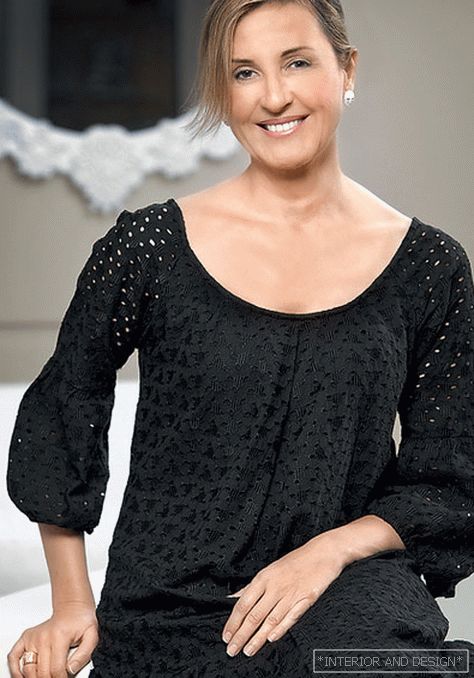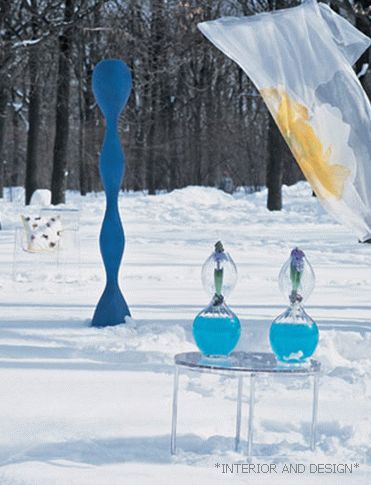Spanish manufactory Lladro turned artistic porcelain into an attribute of a fashionable interior, but it does not follow the main law of fashion. Why — explains the head of the company Rosa Lladro
 Passing the gallery
Passing the gallery Magazine: (196) 2014
Spain is a rich tradition of ceramic production, inherited from the Moorish dominion. The brothers Juan, Jose and Vicente Lladro, the founders of the famous porcelain manufactory, were brought up on these traditions. In the early 1950s, they worked in one of the factories that produced ceramic dishes and tiles. “My father was engaged in painting on ceramics,” Rosa Lladro says, “and after work he attended the art courses with his brothers. They passionately wanted to learn and implement their own ideas, and also to work with a new kind of pottery for Spain — porcelain. In the courtyard of the house in Almasser, they built a Moorish kiln to burn the first works. Having learned about this, the neighbors began to ask each other to make a statue for them. Since then, much has changed: one oven turned into a whole City of porcelain with factories, workshops and the LLADRO museum, but the principle underlying the production remains unchanged. This is monoburn. The Lladro brothers, enlisting the support of a professional chemist, developed paints that can be subjected to the same temperature (we still have our own formulas for their manufacture). All works are painted by hand.
Read the full text in paper or



